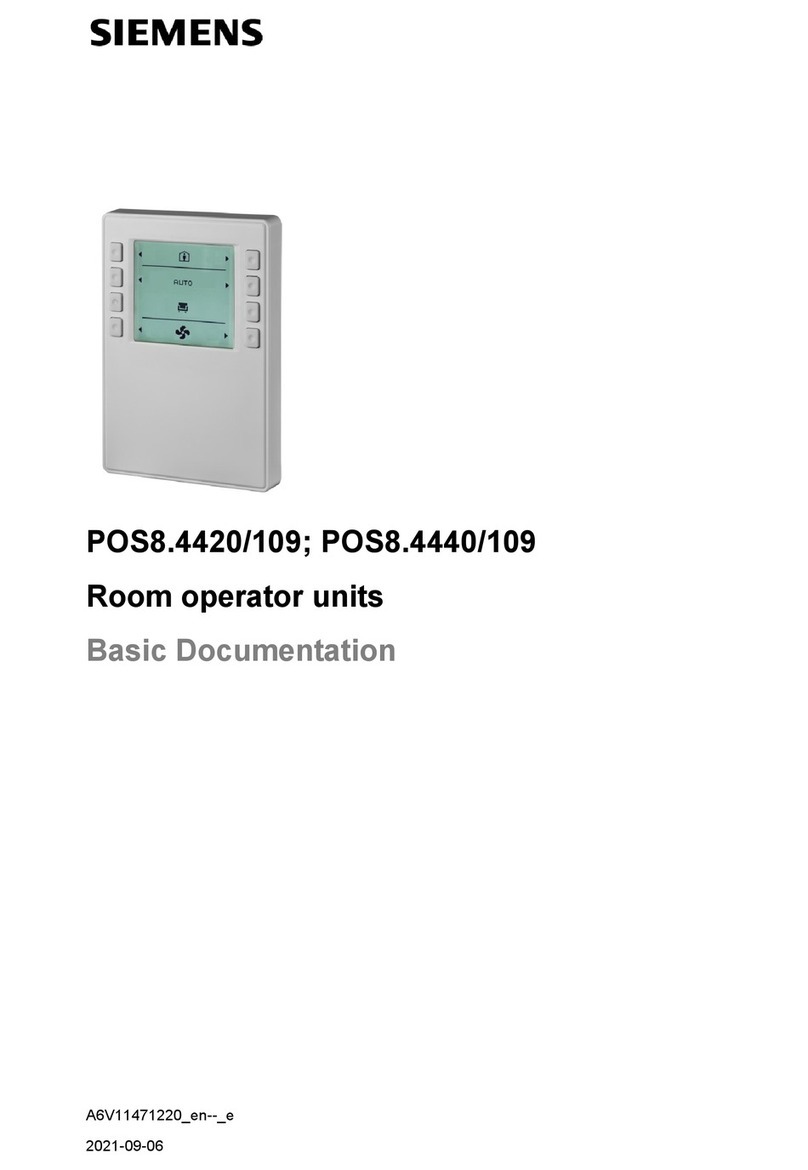
ii
SIG-QG-21-01 NOVEMBER 2021
Version: A
PROPRIETARY INFORMATION
The material contained herein constitutes proprietary and confidential information, and is the intellectual
property of Siemens Mobility, Inc., Rail Automation (Siemens) protected under United States patent,
copyright and/or other laws and international treaty provisions. This information and the software it
describes are for authorized use only, and may not be: (i) modified, translated, reverse engineered,
decompiled, disassembled or used to create derivative works; (ii) copied or reproduced for any reason
other than specific application needs; or (iii) rented, leased, lent, sublicensed, distributed, remarketed, or
in any way transferred; without the prior written authorization of Siemens. This proprietary notice and any
other associated labels may not be removed.
TRANSLATIONS
The manuals and product information of Siemens Mobility, Inc. are intended to be produced and read in
English. Any translation of the manuals and product information are unofficial and can be imprecise and
inaccurate in whole or in part. Siemens Mobility, Inc. does not warrant the accuracy, reliability, or
timeliness of any information contained in any translation of manual or product information from its
original official released version in English and shall not be liable for any losses caused by such reliance
on the accuracy, reliability, or timeliness of such information. Any person or entity that relies on
translated information does so at his or her own risk.
WARRANTY INFORMATION
Siemens Mobility, Inc. warranty policy is as stated in the current Terms and Conditions of Sale
document. Warranty adjustments will not be allowed for products or components which have been
subjected to abuse, alteration, improper handling or installation, or which have not been operated in
accordance with Seller's instructions. Alteration or removal of any serial number or identification mark
voids the warranty.
SALES AND SERVICE LOCATIONS
Technical assistance and sales information on Siemens Mobility, Inc. products may be obtained at the
following locations:
SIEMENS MOBILITY, INC. RAIL AUTOMATION
SIEMENS MOBILITY, INC. RAIL AUTOMATION
2400 NELSON MILLER PARKWAY
LOUISVILLE, KENTUCKY 40223
TELEPHONE: (502) 618-8800 TELEPHONE: (270) 918-7800
FCC RULES COMPLIANCE
The equipment covered in this manual has been tested and found to comply with the limits for Class A
digital devices, pursuant to part 15 of the FCC Rules. These limits are designed to provide reasonable
protection against harmful interference when the equipment is operated in a commercial environment.
This equipment generates, uses, and can radiate radio frequency energy and, if not installed and used in
accordance with the instruction manual, may cause harmful interference to radio communications.
Operation of this equipment in a residential area is likely to cause harmful interference in which case the
user will be required to correct the interference at his/her own expense.




























